Curator :Xia Jifeng
Artists:Du Jingze, Fang Yuan, Fei Yining, Fu Liang, Lu Yu, Sun Yidian, Tan Yongqing, Wang Xinyan, Joey Xia, Yu Linhan, Zhang Ji
Hive Center for Contemporary Art is delighted to present the final chapter of the trilogy opening exhibition in our space at the Bund in Shanghai. Following Sihoulette of Splendors, which focused on the post-80s generation of artists, this group exhibition, Holographic Realm, features 11 prominent artists of the post-90s generation, including Du Jingze, Fang Yuan, Fei Yining, Fu Liang, Lu Yu, Sun Yitian, Tan Yongqing, Wang Xinyan, Joey Xia, Yu Linhan, and Zhang Ji. This exhibition is curated by Hive’s founder, Xia Jifeng. While the construction of identity for artists of the post-70s and 80s occurred in a disrupted and dislocated historical context, for the post-90s generation, the journey becomes much more distinct and explicit. The accessibility of global information and its impact on the fabrication and establishment of the artists’ self-identity have made the post-90s generation remarkably outstanding since it first entered the industry’s sight. Through this group exhibition, Hive attempts to present a collective portrait of the post-90s generation of artists of Chinese descent from a global perspective and to observe the ecology of this generation in a comprehensive and inclusive approach.
The exhibition title draws from the familiar concept of ‘holography’, which refers to the decoding and reconstruction of optical information. It is intended to signify the precious window of growth and awareness for the post-90s generation growing up in the honeymoon phase of globalisation, where they have acquired an unprecedented, comprehensive, and unconfined space for personal development, and the legitimacy to participate in global discussion upon their self-awareness, beyond the limitations of their original identities. They travel through diverse cultures like citizens of the world, and the accumulation of cultures and perspectives casts their ballots in different votings. Yet, just as we are trying to examine this generation of artists by the simple theory of progression in an attempt to reach a series of reasonable conclusions, the drastic changes in the world around us and the shift in global ideologies reveal to us the fluid reality of the world, warning us of the importance of avoiding idealistic judgements of history as a unidirectional scope, while simultaneously reminding us of the merit of this generation of artists and the significance of the preservation of history. The course of globalisation is no longer unrelenting, and all regions of culture are witnessing changes in their own advantages and positions. The three-dimensional ‘holographic’ discourse that has just been established is to be folded, flattened, and even crumbled; it is impossible for an art professional not to respond to the changes that are happening or imminent. In this way, this exhibition, addressing the creative ecology of artists of Chinese descent in the current context between the turning point of globalisation and counter-globalisation, becomes a declaration before the departure from the ‘realm’ rather than a generalised statement.
Growing up in the same historical background, the post-90s generation shares certain characteristics in their artistic practices and has developed a series of distinctive visual features. For example, they are open to delegating viewing to the secondary transmission of images, regardless of the medium, whereby the firsthand visual experience is no longer the priority when it comes to viewing. They allow the viewer to examine the work through the electronic screen, embrace viewing modes compatible with contemporary methods, such as zooming, scrolling, or swiping, and predetermine a certain logic or standard of viewing for the viewer. Besides, they also consider the definition and formation of their identity as artists to be a significant part of their practice. The art-ecological consciousness that emphasises their disposition facilitates their pursuit of an efficient platform for expression while offering the viewer a more precise perspective. It seems to me that these changes in the mentality of artists and their fresh understanding of the structural nature of the industry originate from the ‘holographic’ journey of growth, which has removed the information gap, bridged cultural differences, and convinced us of contemporary communication. The narration of the post-90s generation has just begun. After reflecting on and critically discussing the above fait accompli, we have to wonder if these young artists, who are about to venture into the ‘holographic realm’, might have a more sophisticated approach to confronting and responding to the unpredictable flux of history in the present and future, where they have cultivated their identity as artists earlier and more thoroughly.
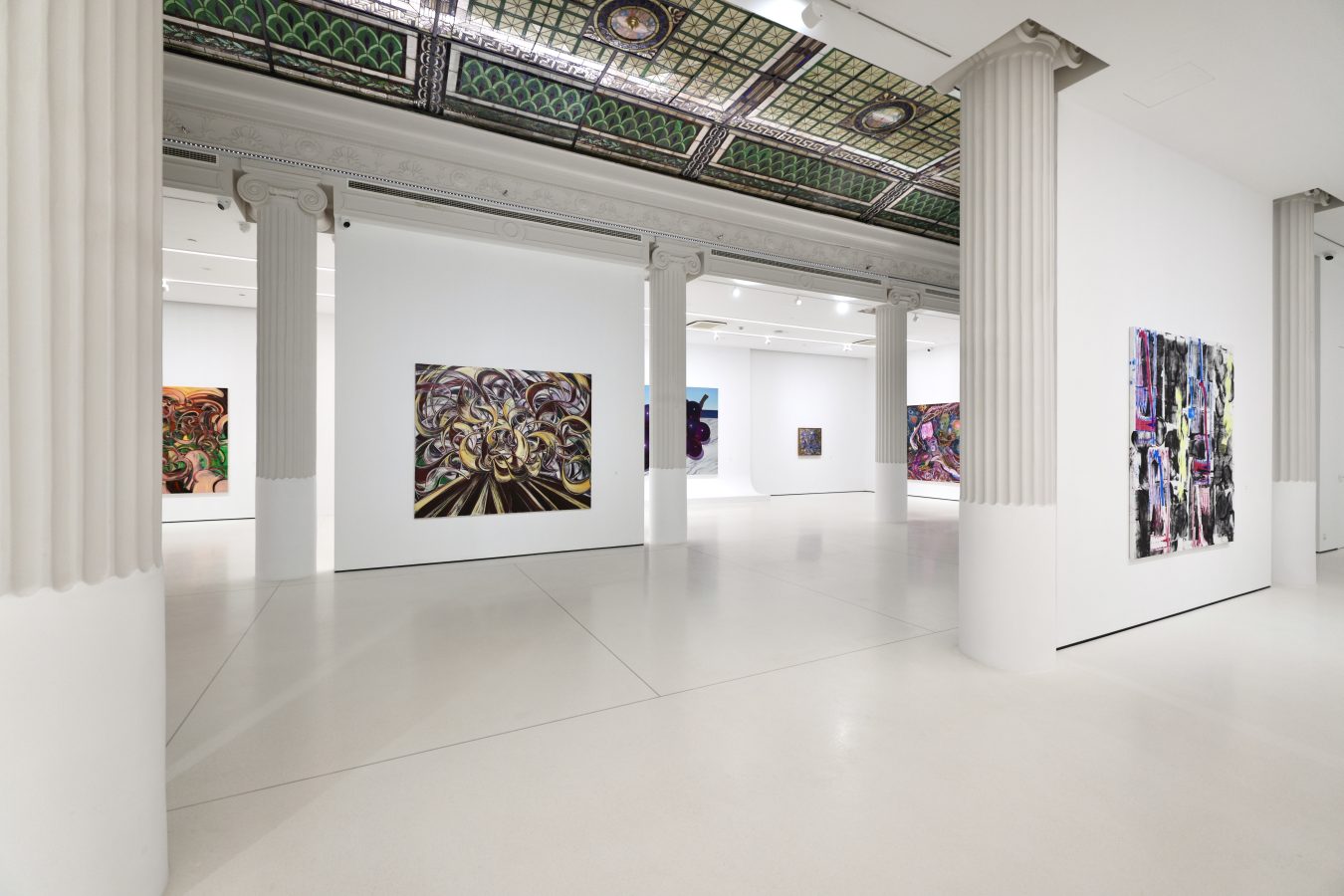
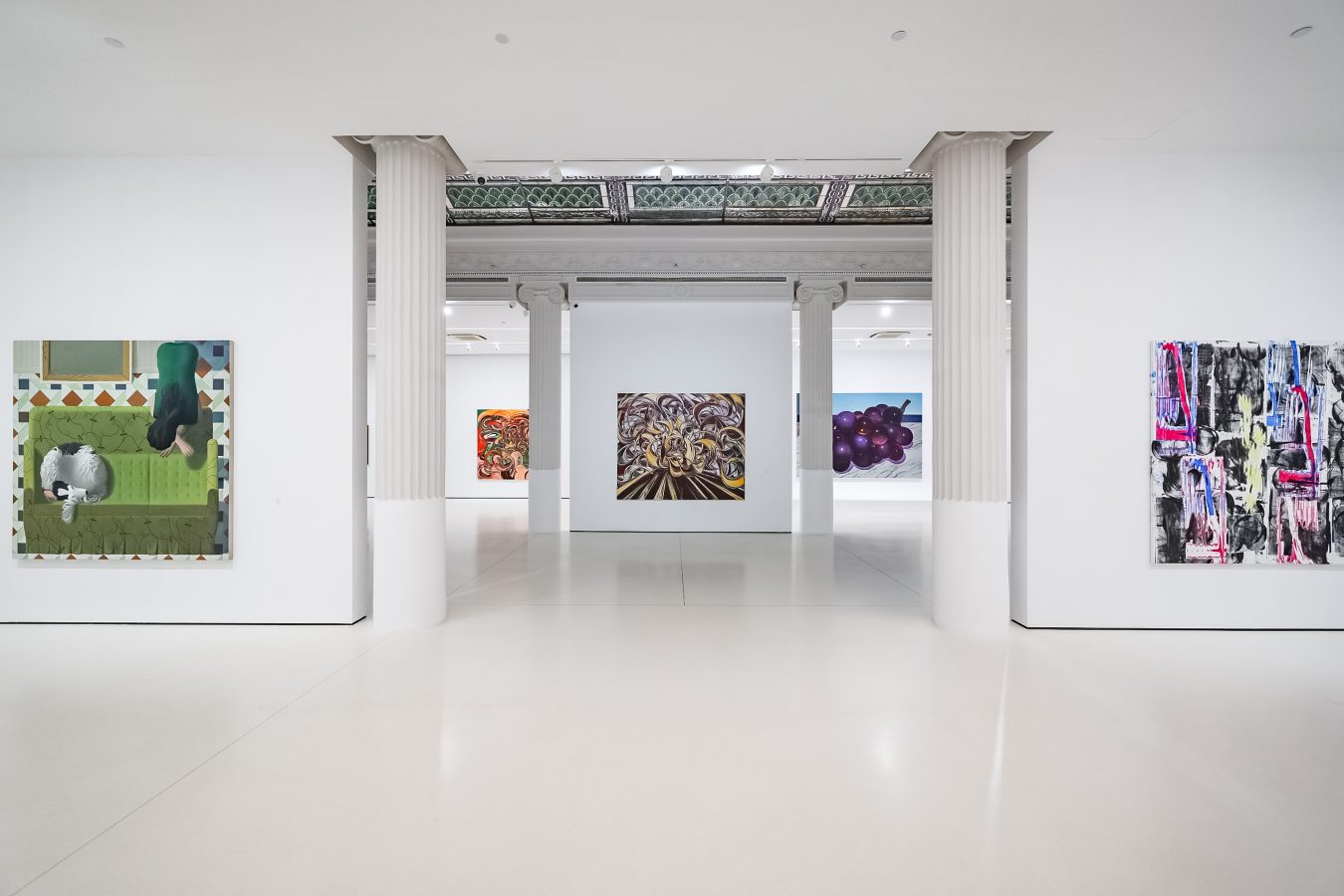


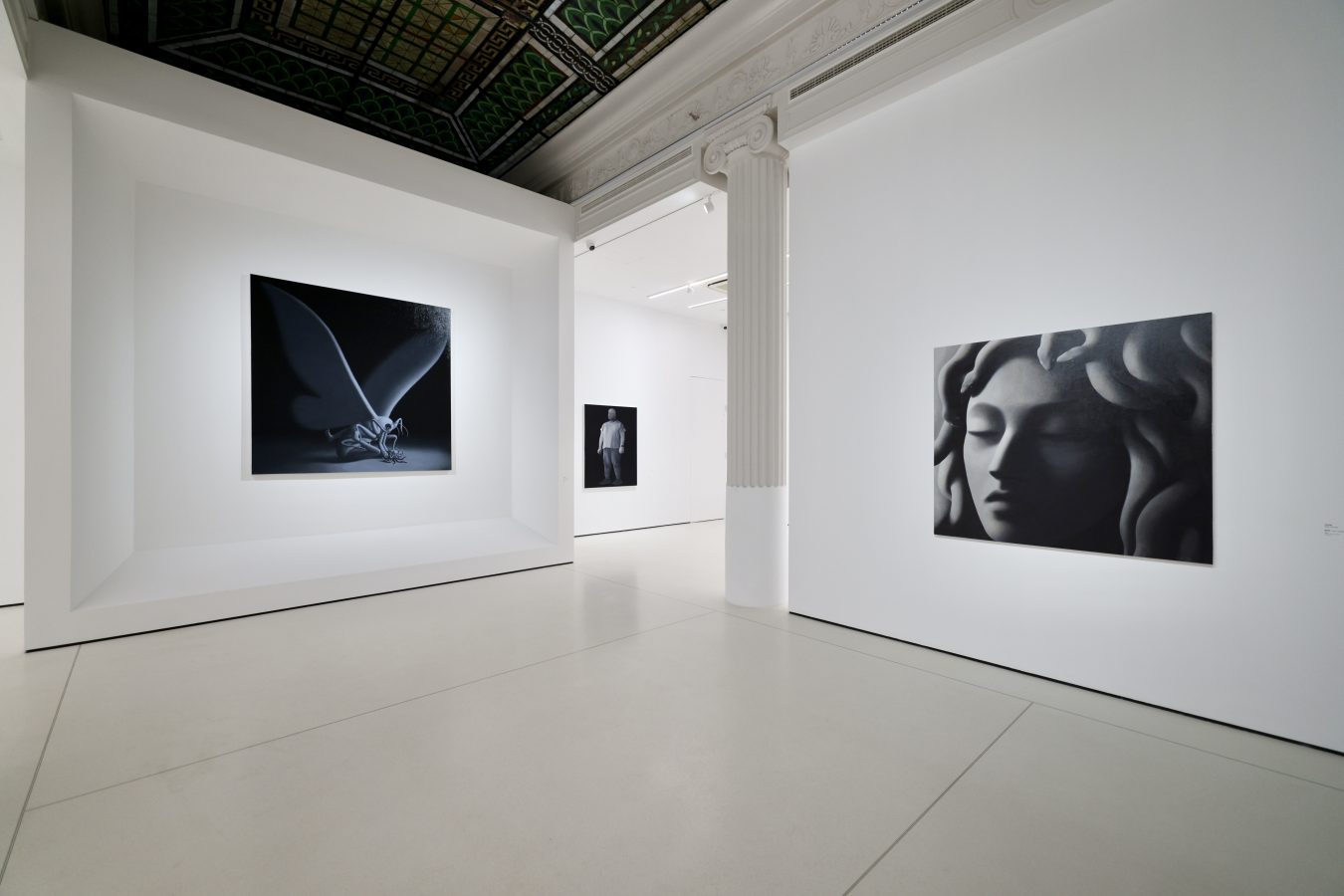

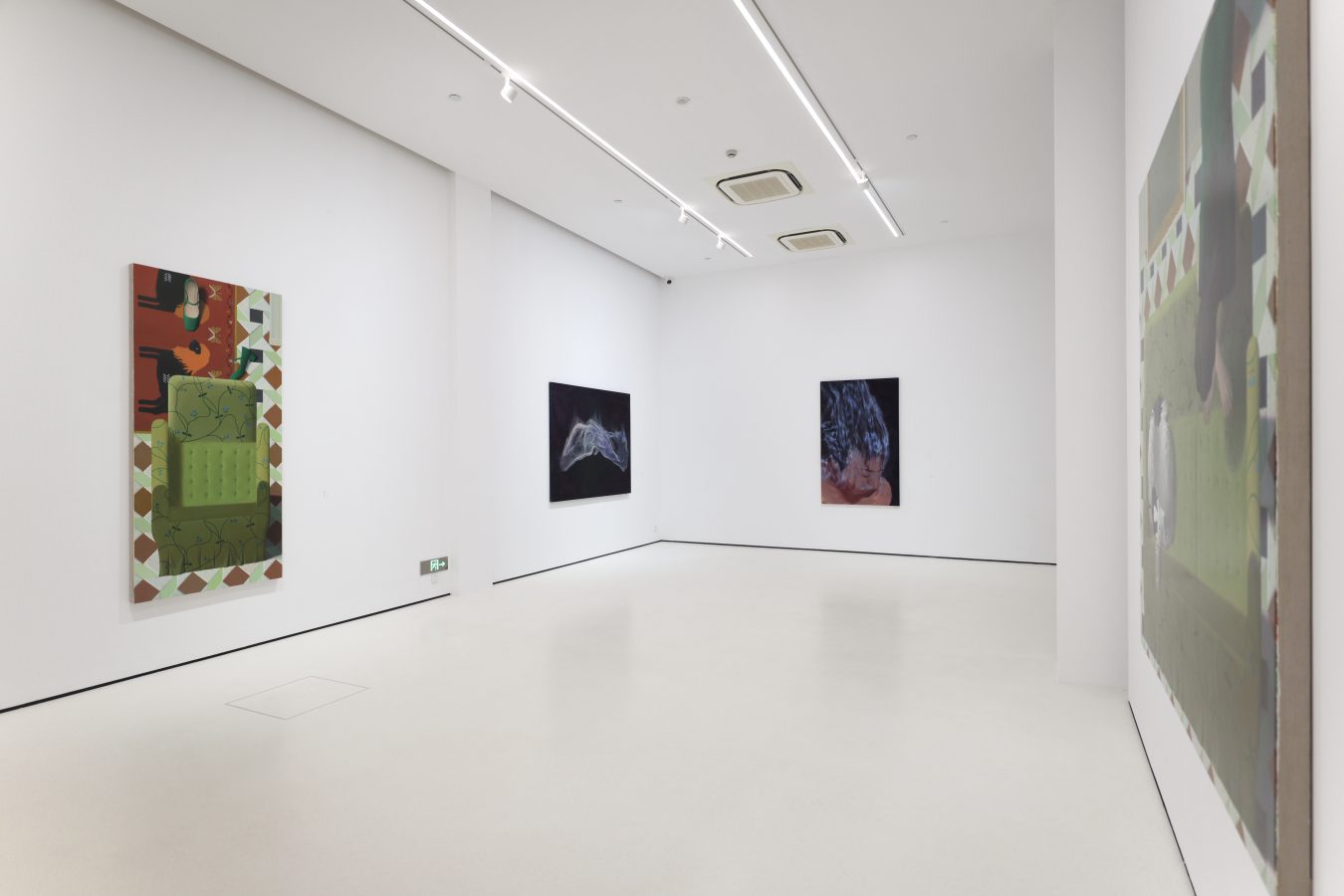
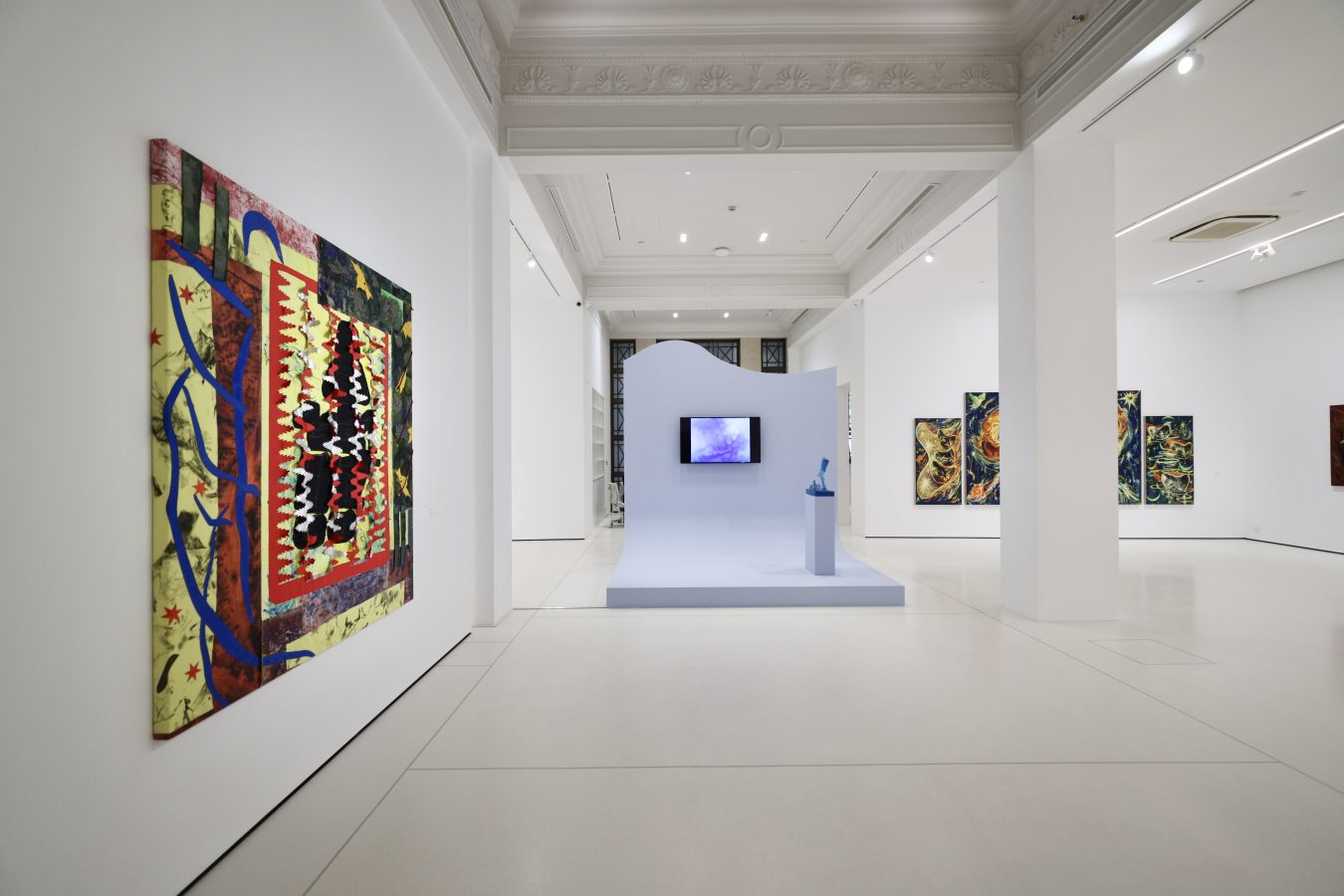
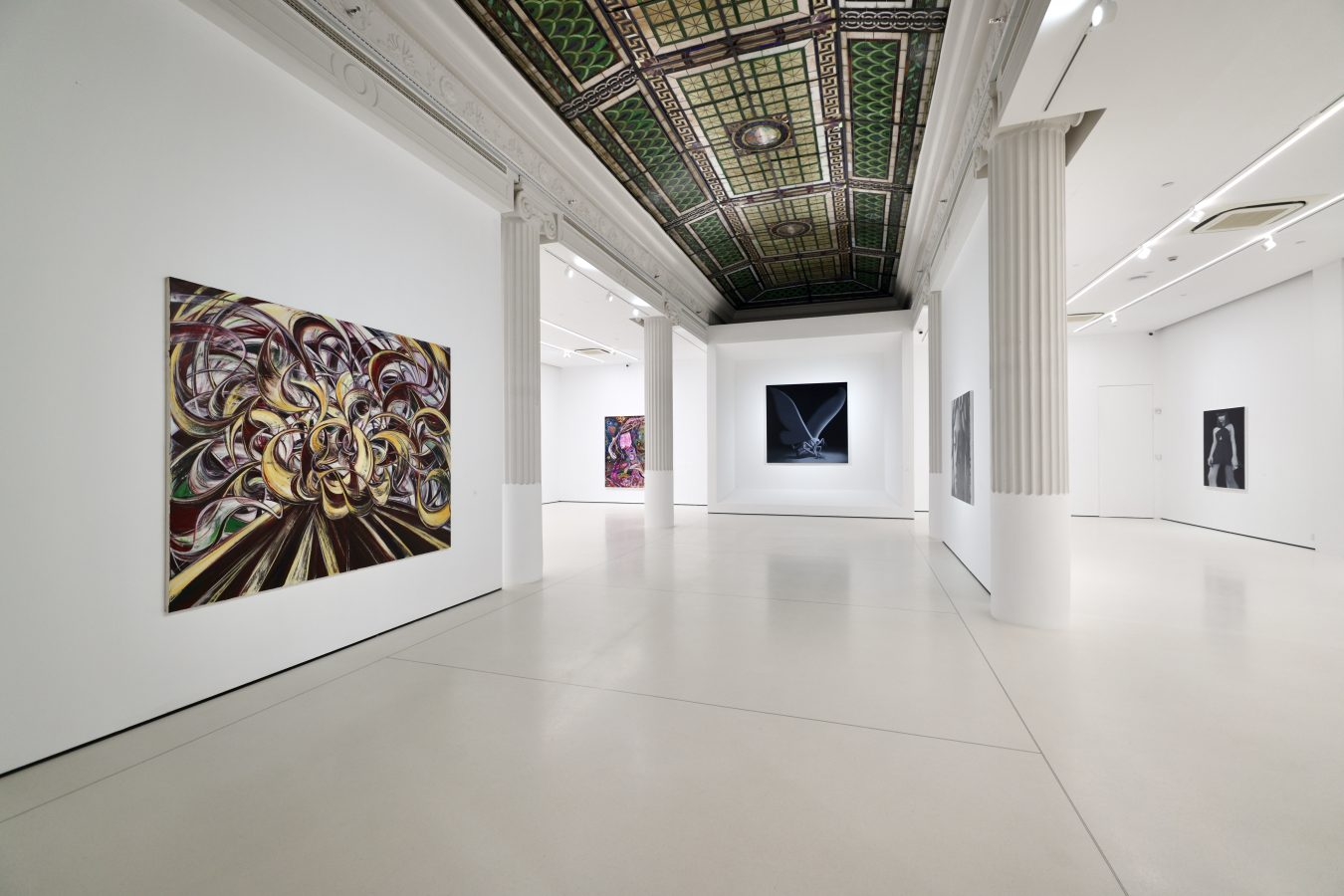
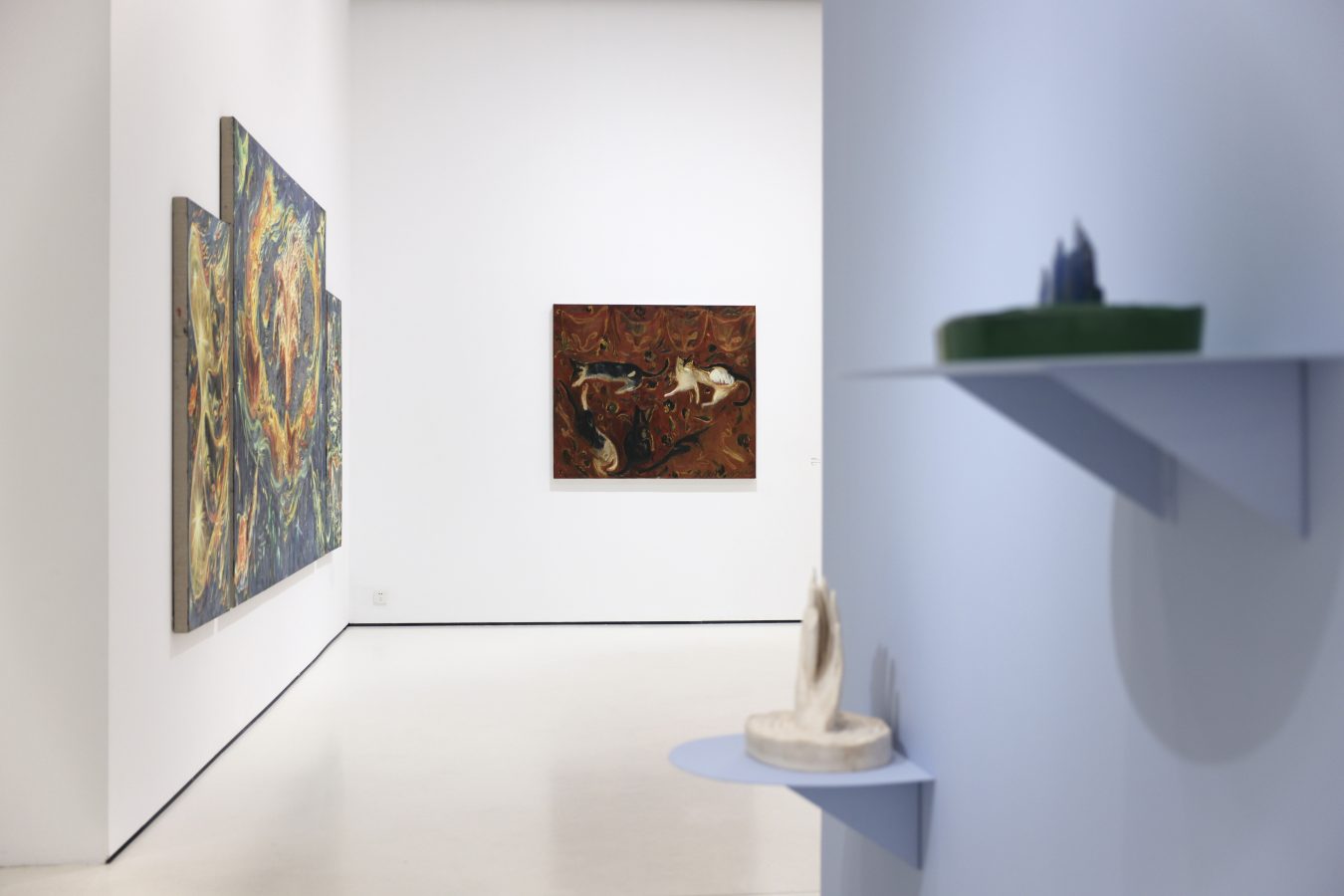
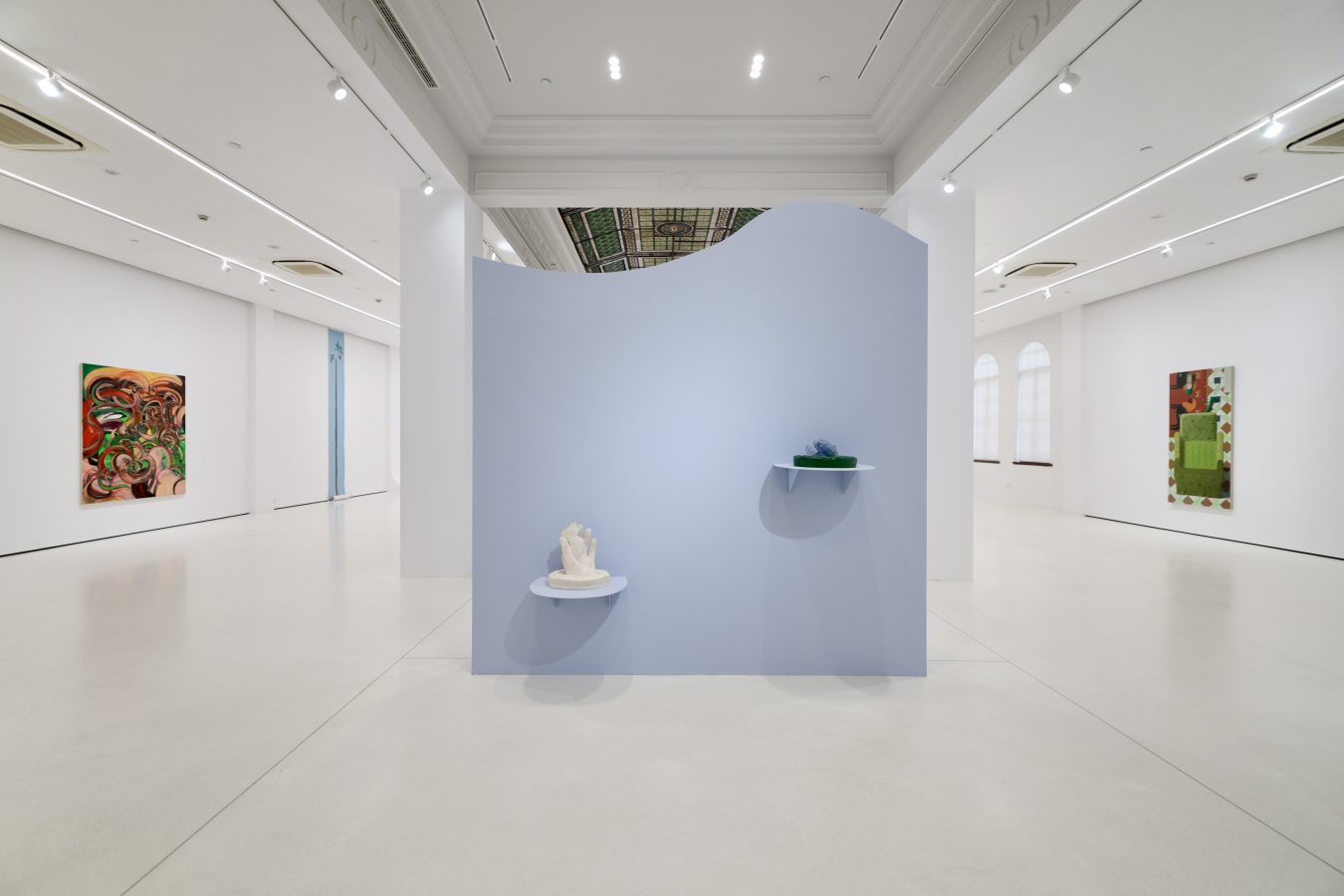
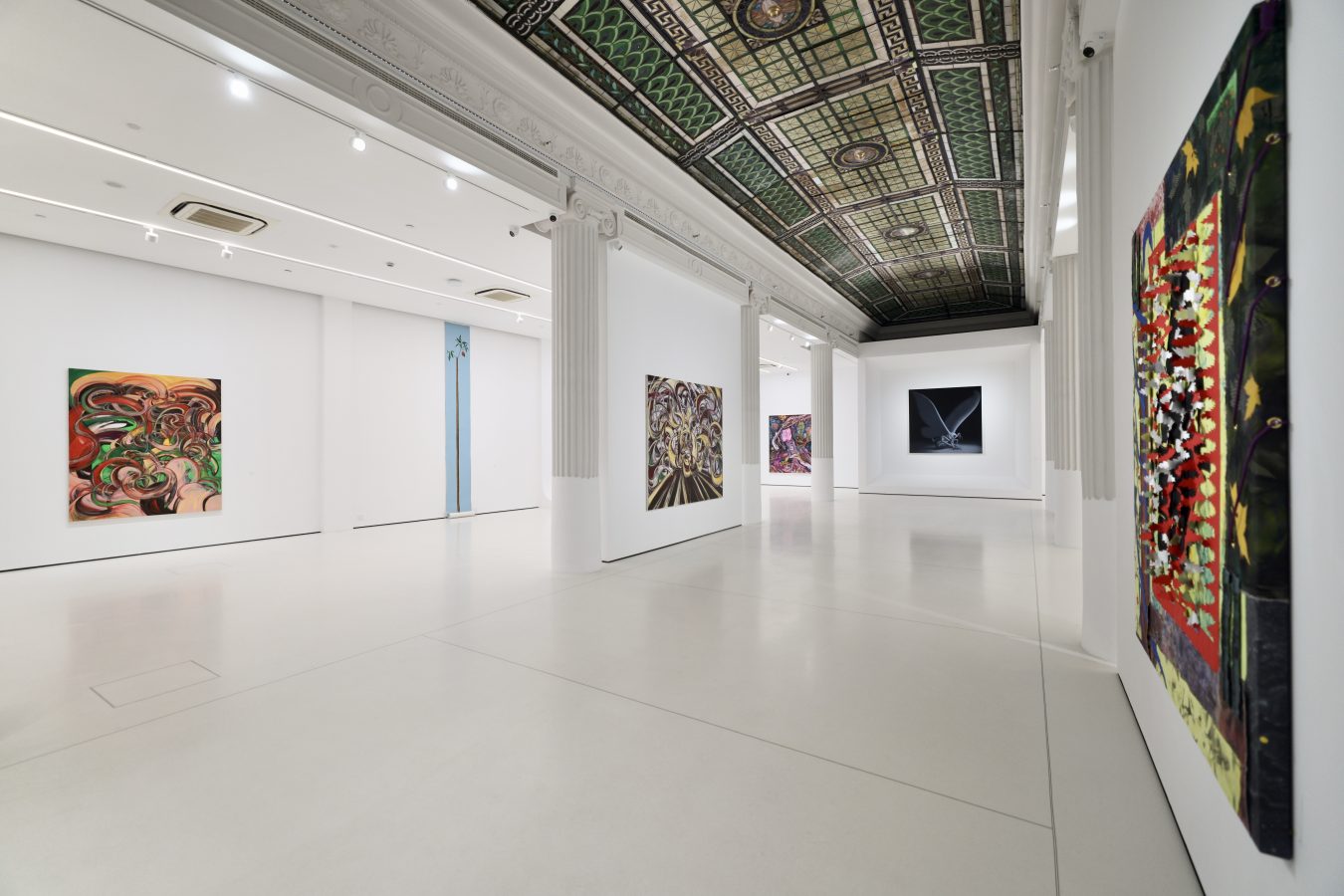




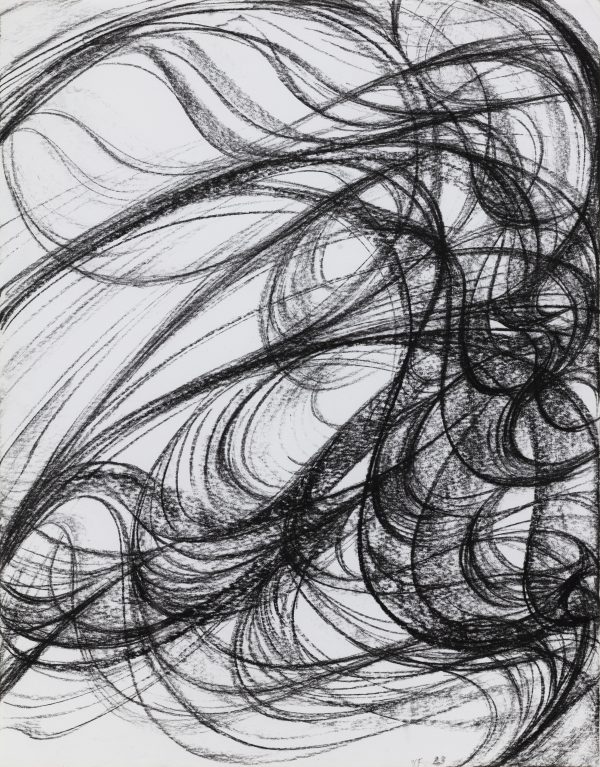
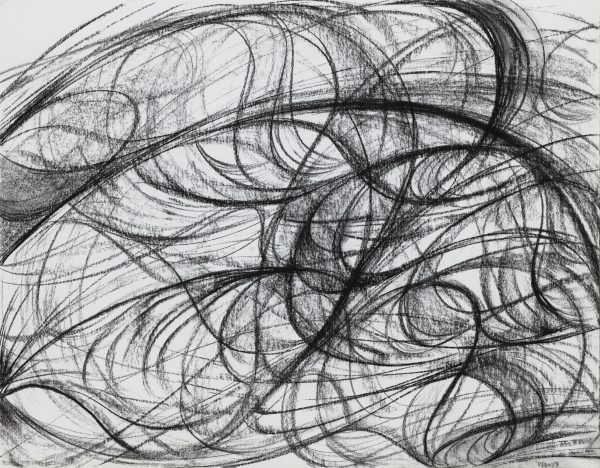

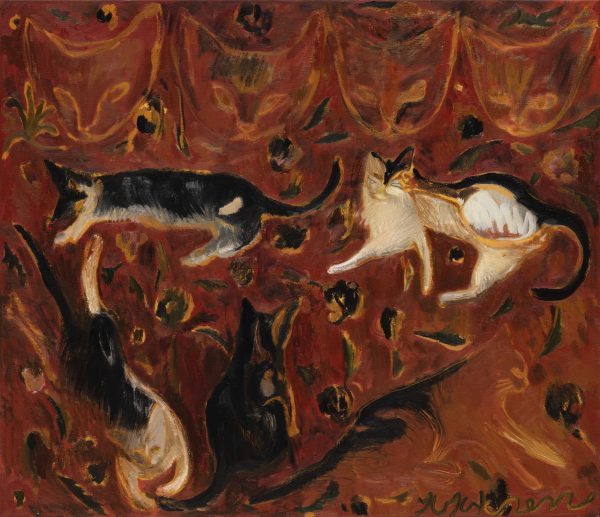


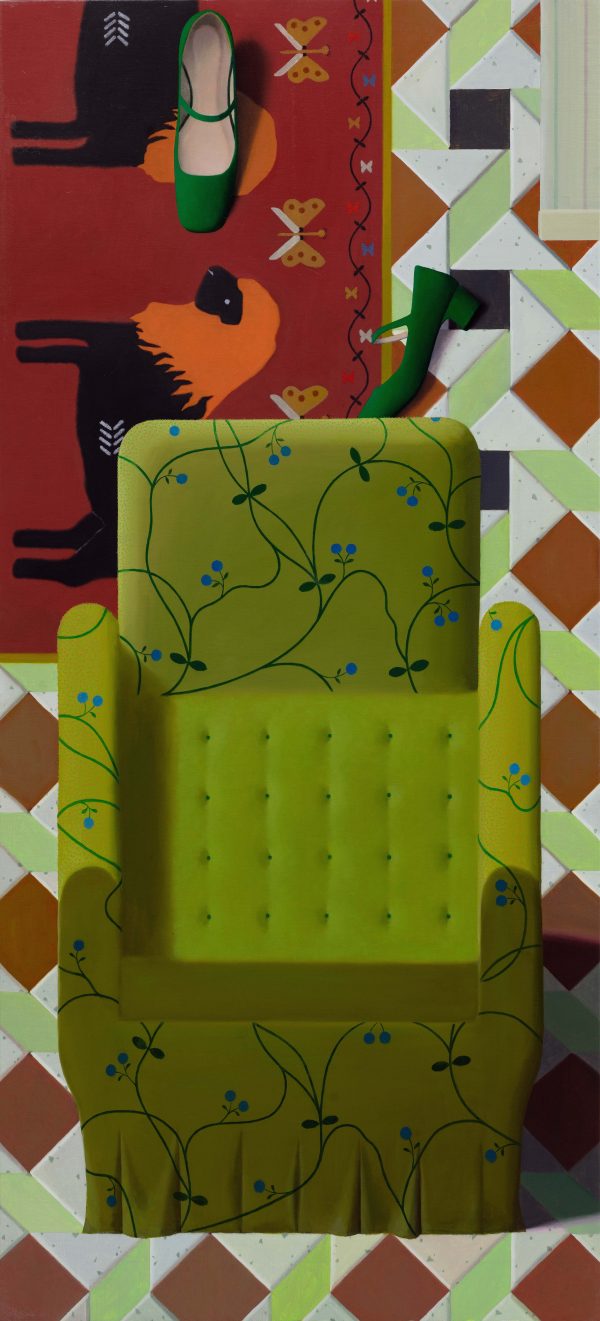

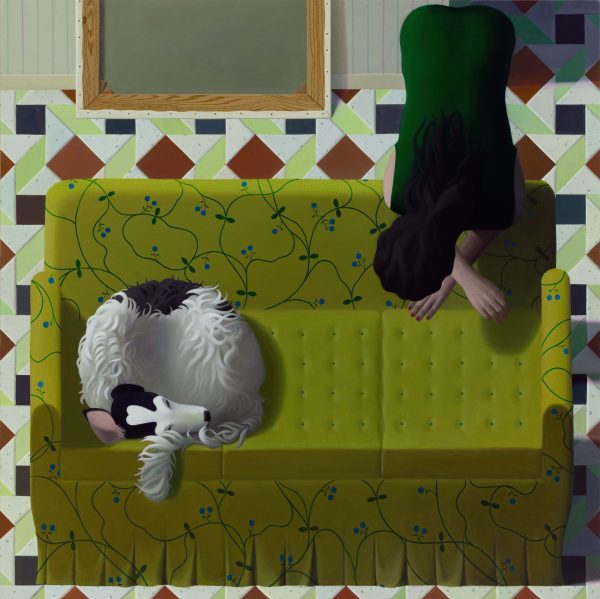



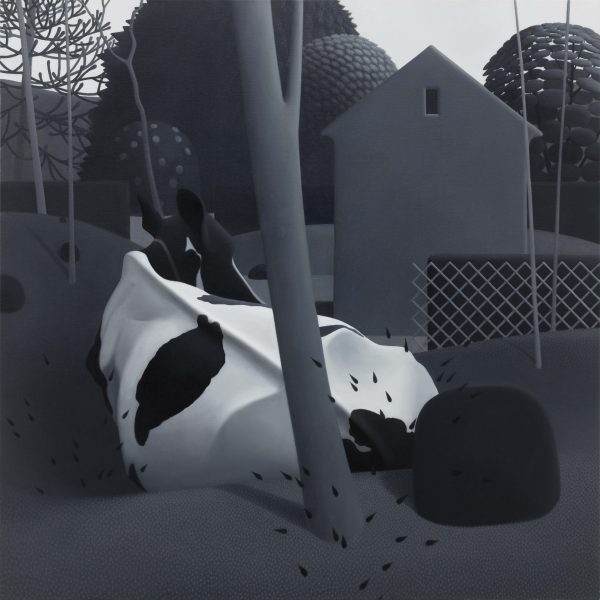
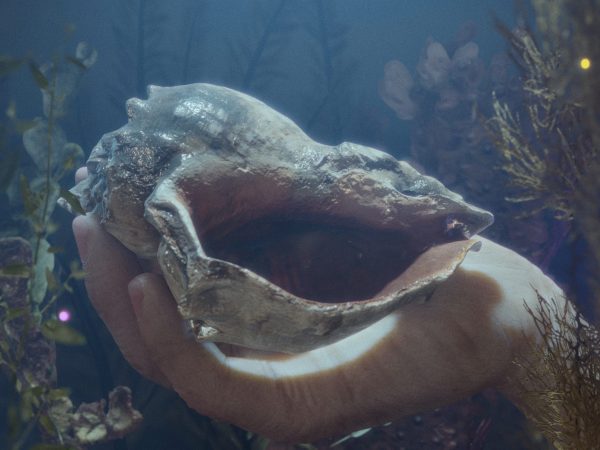
-600x450.jpg)
-纸面丙烯63x900cm-2019--600x1374.jpg)
